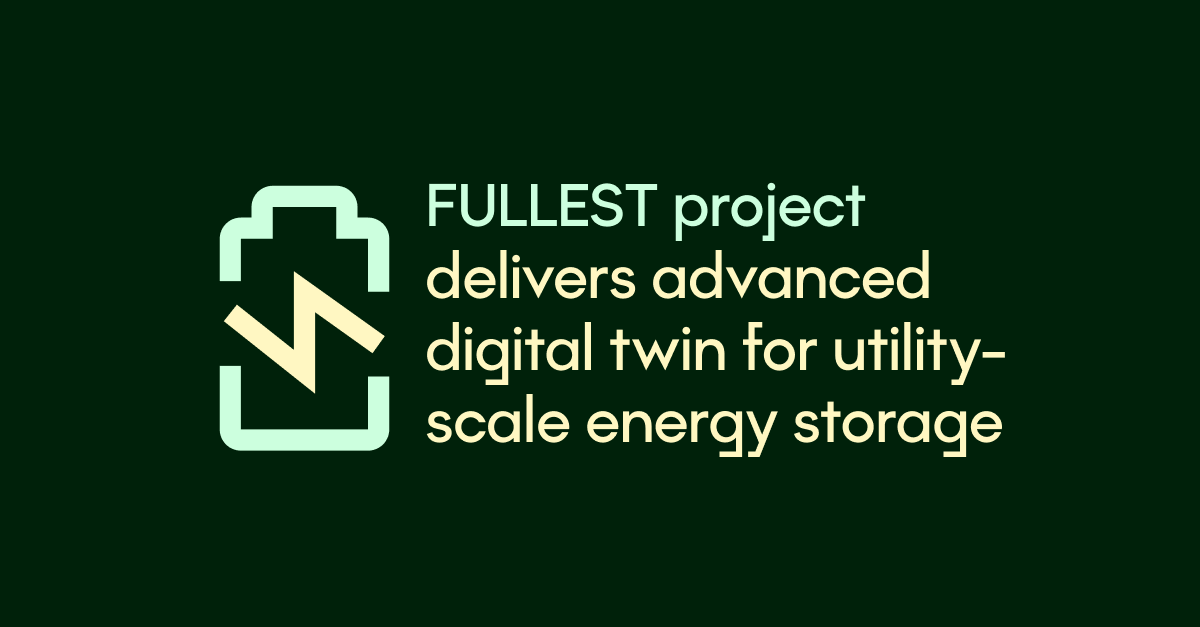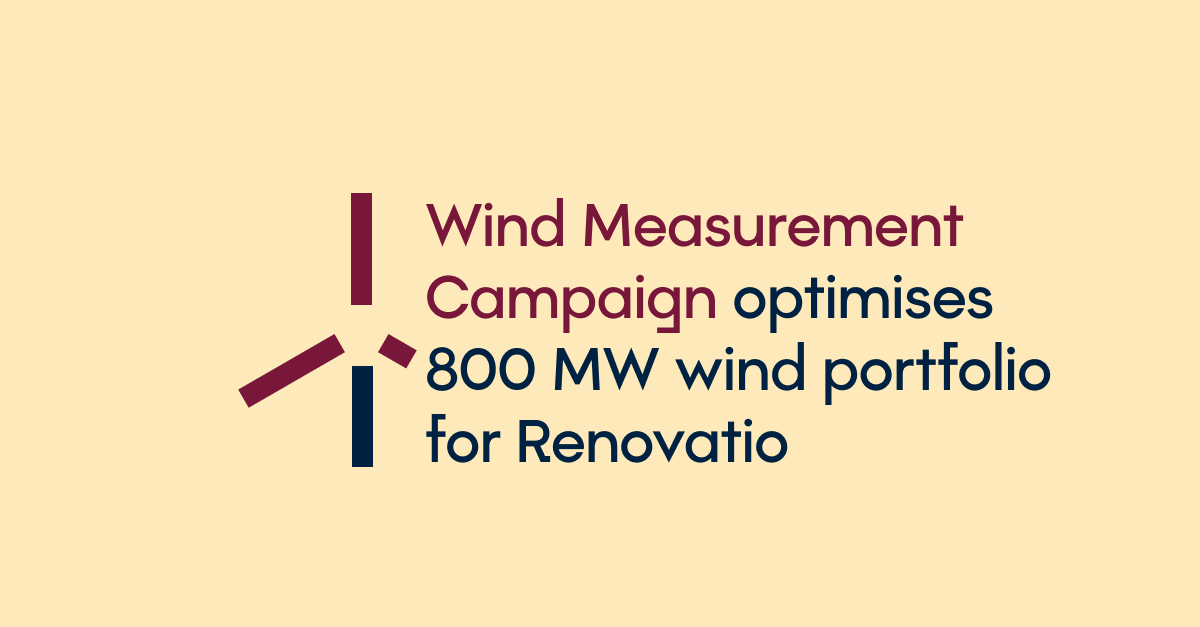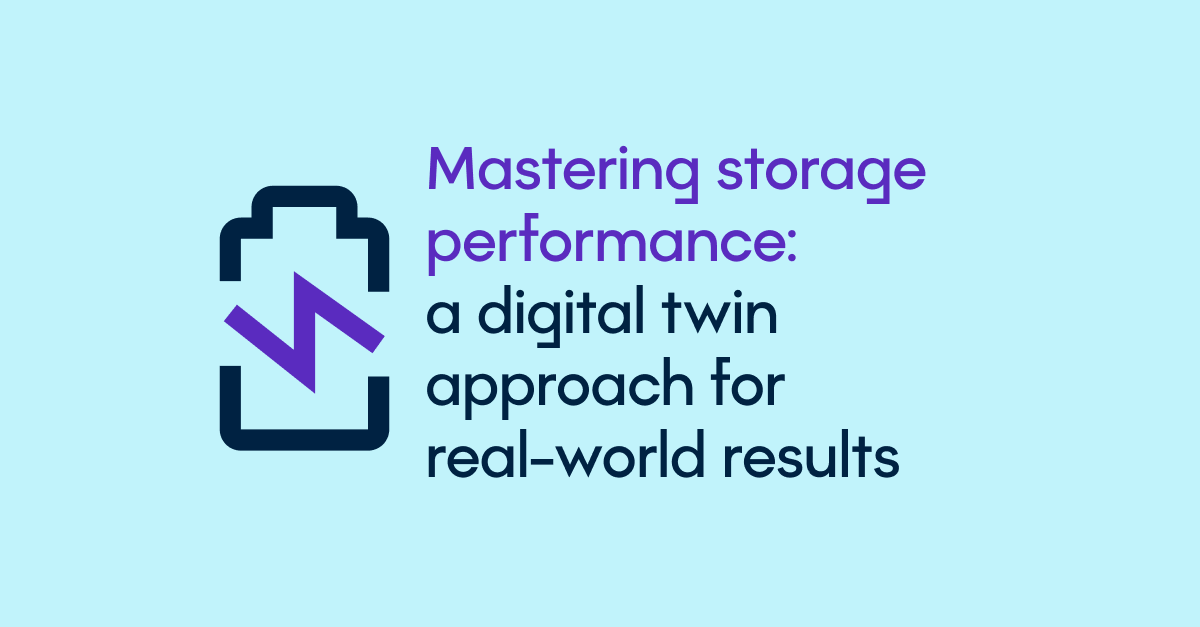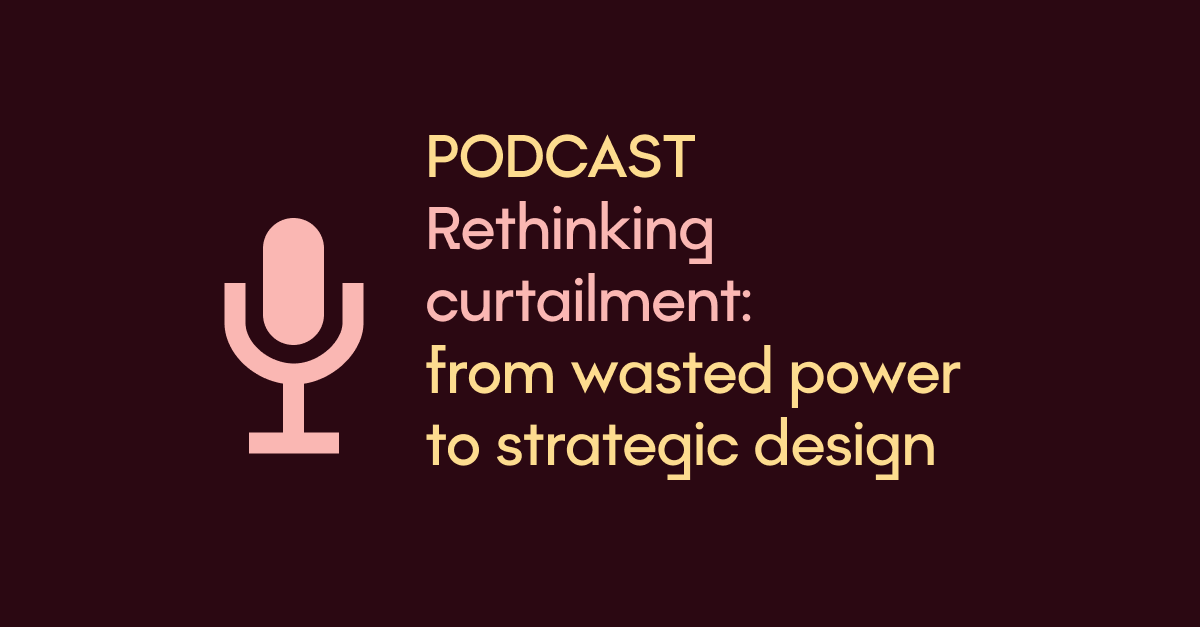In this article, we explore how advanced analytics and digital twin technology can transform conservative performance assumptions into data-driven evidence, improving P90 calculations and lowering financing costs. Discover how utility-scale solar owners are using real-world performance data to boost asset value, secure better terms and free up capital for new projects.
The $2 billion opportunity in solar refinancing
Cutting your cost of capital by 2-3% on a $50 million solar portfolio isn’t hypothetical, it’s achievable with strategic refinancing informed by advanced analytics. With global solar debt financing reaching $12.2 billion in the first half of 2024, the case for revisiting your financing terms has never been stronger (see Figure 1). This dramatic growth in available capital, combined with improved asset performance data, creates unprecedented opportunities for portfolio optimization through strategic refinancing.
This isn't just about financial restructuring. When properly executed with robust performance data and analytics, refinancing can improve loan terms by several percentage points, translating to tens of millions of dollars in additional value for large portfolios. The key lies in replacing conservative assumptions with real-world performance evidence.

How utility-scale solar financing works
Understanding the refinancing opportunity requires grasping the fundamentals of utility-scale solar finance. A typical solar plant combines investor equity with debt financing spread over 10 to 20 years. The negotiation with lenders centers on investment risk, modeled as the probability of hitting specific energy yield targets.
The P50 vs. P90 performance gap
Investors focus on P50 estimates, the central expected yield with a 50% probability of exceedance. Lenders, however, prefer P90 calculations representing yields, the plant will exceed 90% of the time. This conservative P90 figure typically ranges from 80% to 90% of P50 by two primary factors:
- Weather variability (approximately two-thirds of the difference)
- Equipment degradation assumptions (the remaining third)
According to NREL research, P90 calculations require at least 10 years of historical solar radiation data and incorporate combined uncertainties through sophisticated modeling. For example, if a P50 energy yield is 1,705 kWh with combined uncertainty of 6.89%, the P90 value calculates to approximately 1,588 kWh. Figure 2 illustrates this critical gap between expected performance (P50) and the conservative lending threshold (P90) that advanced analytics can help narrow through empirical evidence.

The advanced analytics advantage for utility-scale solar assets
Once operational, solar plants generate continuous performance data that can fundamentally reshape financial risk assessments. Advanced analytics platforms like SynaptiQ monitor over 20 GW of connected capacity globally, providing unprecedented visibility into actual plant performance versus predictions.
Digital twin technology revolution
Modern solar asset management leverages digital twin technology: virtual replicas of physical plants that integrate real-time data from sensors, SCADA systems and weather stations. These digital twins enable the following:
- Real-time performance tracking with 15-minute data updates
- Granular loss categorization across 21 different performance factors, including 13 recoverable losses
- Early fault detection up to 12 months in advance
- ROI-prioritized maintenance recommendations
The SynaptiQ platform, for instance, has demonstrated a 4% revenue increase and 70% reduction in operational effort for clients by identifying and addressing performance issues before they impact KPIs. The comprehensive loss analysis (Figure 3) provides asset managers with granular visibility into performance drivers and optimization opportunities across their entire portfolio.

From static to dynamic P90 calculations
Traditional business plans treat P90 calculations as one-time assessments completed before construction. However, empirical evidence shows substantial changes occur post-construction, particularly during the transition from EPC to O&M operations.
Real-world performance data
Advanced monitoring systems now enable treating P90 as a live indicator. When actual degradation rates prove lower than forecasted, as confirmed by NREL's recent analysis of 8 GW of US solar assets showing median degradation of 0.75% annually, well within expectations, updated P90 calculations can significantly improve.
NREL's RdTools software provides robust degradation rate calculations that can handle common performance data challenges including sensor drift, inverter clipping and maintenance events. This open-source toolkit enables accurate evaluation of PV system degradation despite real-world data quality issues.
Separating recoverable from unrecoverable losses
Modern analytics platforms distinguish between different loss categories:
- Unprocessable losses: equipment degradation, weather variations
- Processable losses: soiling, curtailments, operational downtime
By quantifying actual degradation separately from other performance factors, asset owners can demonstrate to lenders that original conservative assumptions overstated actual risks.
Data infrastructure requirements for solar asset refinancing
Successful analytics-driven refinancing requires comprehensive data collection already standard in utility-scale operations(1):
Configuration data
- Digital twin specifications sufficient for performance modeling
- Standard PVsyst reports provide adequate baseline information
Time series data collection
- DC current per string/inverter input/combiner box
- DC voltage or power per inverter
- Tracker angle data (where applicable)
- AC power per inverter
- Curtailment signals
Meteorological integration
Best practices require at least two pyranometers per array orientation for accurate irradiance measurement. For plants larger than 10 MW, independent meteorological data collection should complement on-site sensors to ensure robust, drift-resistant measurements.
Performance monitoring standards
According to SolarPower Europe guidelines, temperature sensors should maintain accuracy within ±1°C, with module temperature measured at representative positions across large arrays. Modern monitoring systems typically employ one-second sampling with one-minute averaging for optimal fault detection.
Market context and financial impact of refinancing
The refinancing opportunity exists within a broader context of industry maturation. Solar debt financing reached record levels in 2024, even as overall corporate funding decreased 24% year-over-year to $26.3 billion. This reflects increasing lender confidence in solar assets' predictable cash flows.
Loan-to-cost ratio optimization
By demonstrating that actual financial risk is lower than originally priced, asset owners can increase loan-to-cost ratios without exceeding lenders' risk thresholds. This enables financing additional projects with the same equity base, effectively the "free project" referenced in the original analogy.
Current market data shows utility-scale solar LCOE at $46/MWh before tax credits and $31/MWh after federal incentives. As systems installed in recent years show improved degradation profiles (0.9%/year) compared to older plants (1.47%/year), the case for refinancing based on updated performance data becomes increasingly compelling.
Documentation and due diligence
Successful refinancing requires meticulous documentation. DNV's technical assessment framework emphasizes three critical areas: equipment status (including panel degradation rates of 0.5-0.8% annually), financial documentation and performance history comparing actual versus contractual output.
Strategies for preparing solar portfolios for refinancing
Effective refinancing preparation begins years before the actual refinancing event. As noted by industry experts, "when refinancing solar assets, a lender is about to shine a light on every dark corner of your portfolio". This requires:
- Advanced analytics integration: deploy comprehensive monitoring platforms capable of granular performance analysis. Systems like SynaptiQ, Apollo, or similar enterprise-grade solutions provide the analytical foundation necessary for credible refinancing presentations.
- Data quality assurance: implement robust data collection and validation processes. According to research, effective analytics can identify recoverable losses leading to 4% revenue increases while reducing operational effort by 70%.
- Performance benchmarking: establish clear baselines and track improvements over time. Modern analytics engines can process data from multiple inverter manufacturers and thousands of sensors to provide comprehensive portfolio insights.
Conclusion: using advanced analytics to improve your refinancing outcomes
The intersection of mature solar technology, sophisticated analytics and abundant capital creates an unprecedented opportunity for value creation through strategic refinancing.
The underlying mathematics are compelling: well-documented performance improvements can reduce financing costs by several percentage points, unlocking tens of millions in value for large portfolios.
The key lies in treating solar asset management as a continuous optimization process rather than a set-and-forget operation. By leveraging advanced analytics to demonstrate superior performance versus conservative initial assumptions, asset owners can access better financing terms that effectively provide additional project capacity with the same equity investment.
As the solar industry matures and lenders become increasingly sophisticated in their risk assessments, those who can provide credible, data-driven performance evidence will capture disproportionate value in refinancing transactions. Tools and methodologies exist today; the question is whether you're positioning your portfolio to take advantage of this opportunity.




















